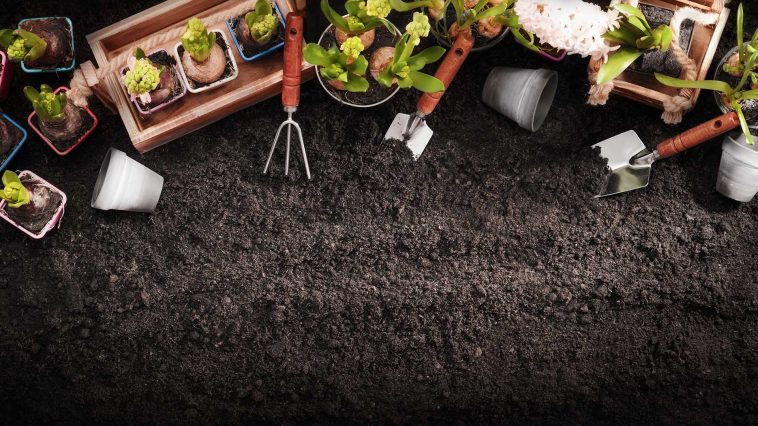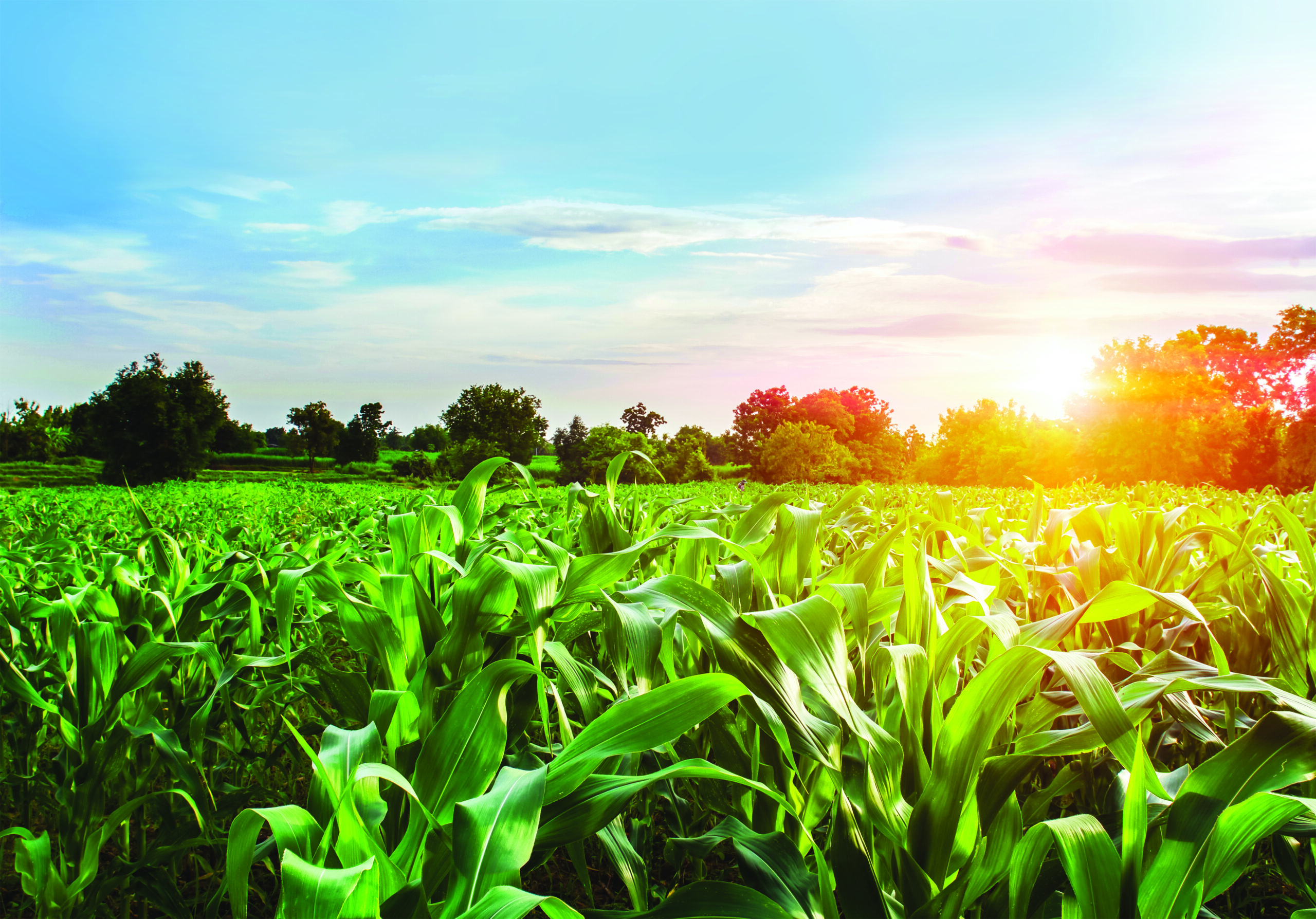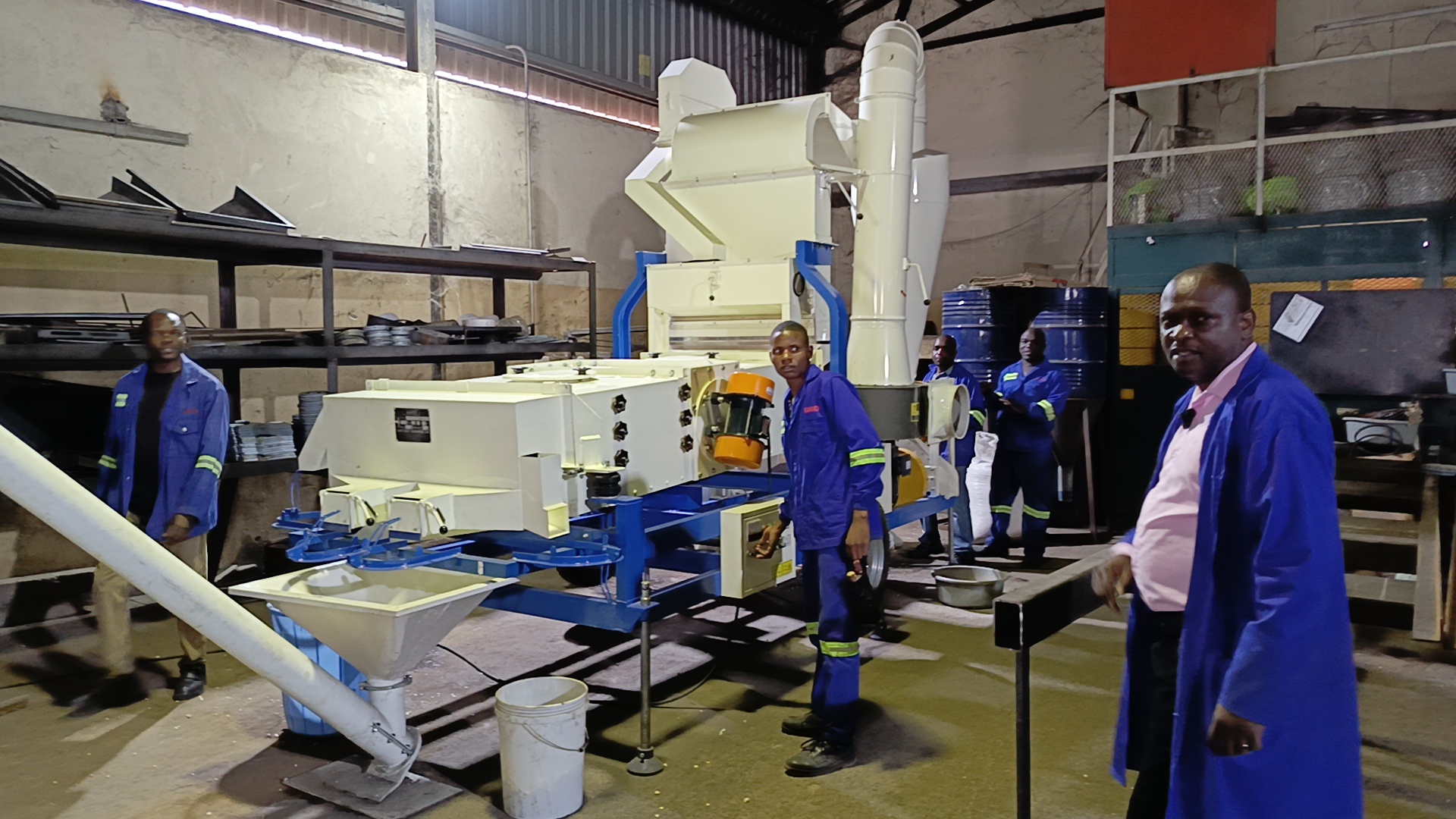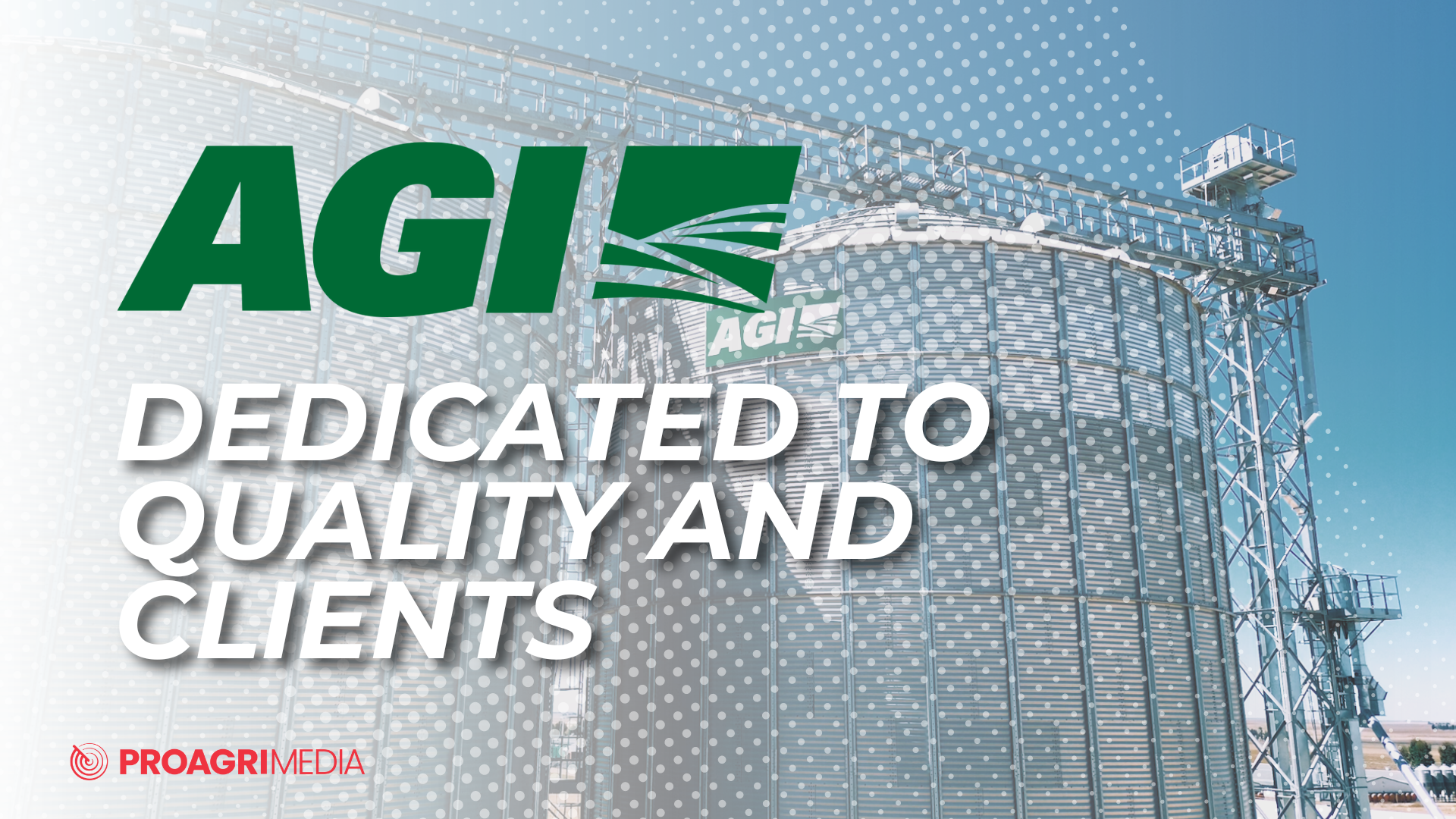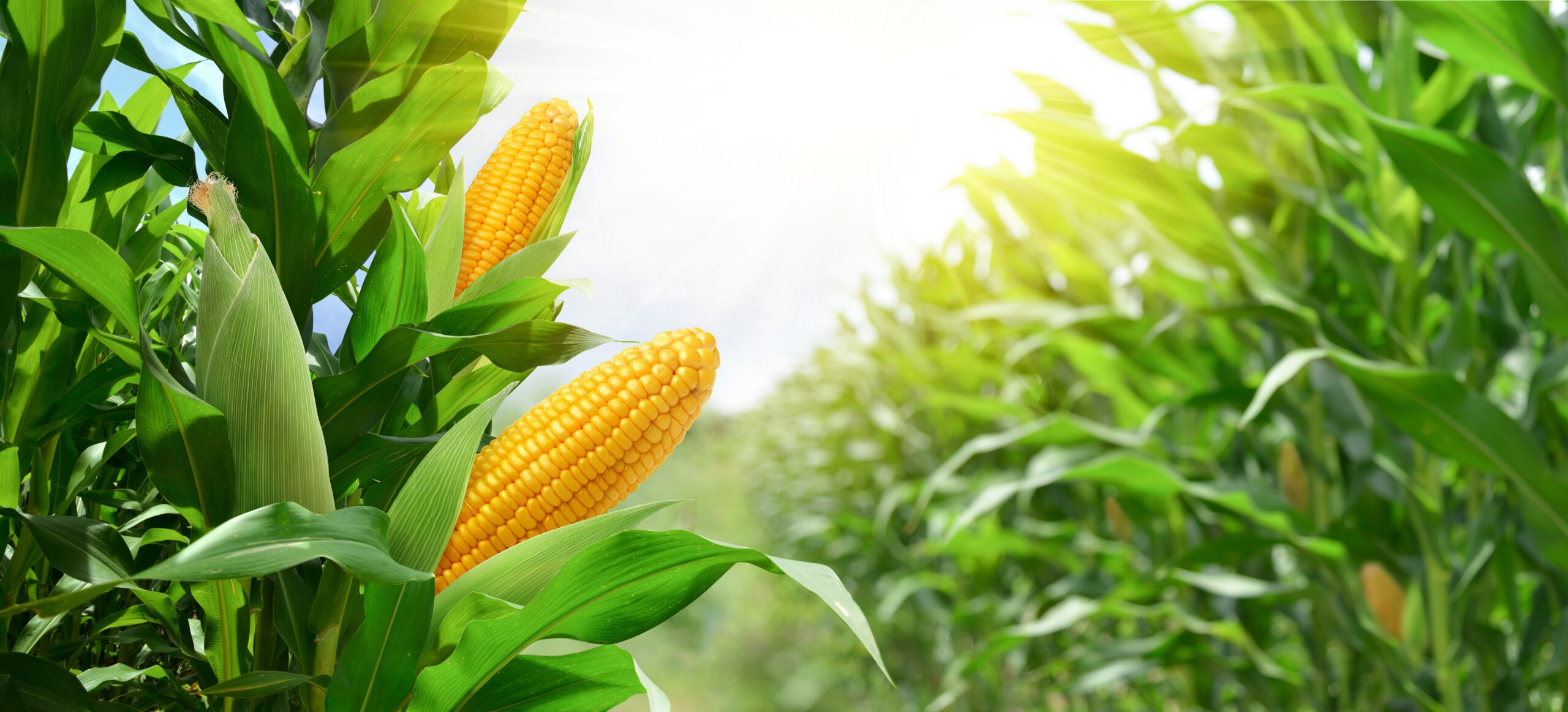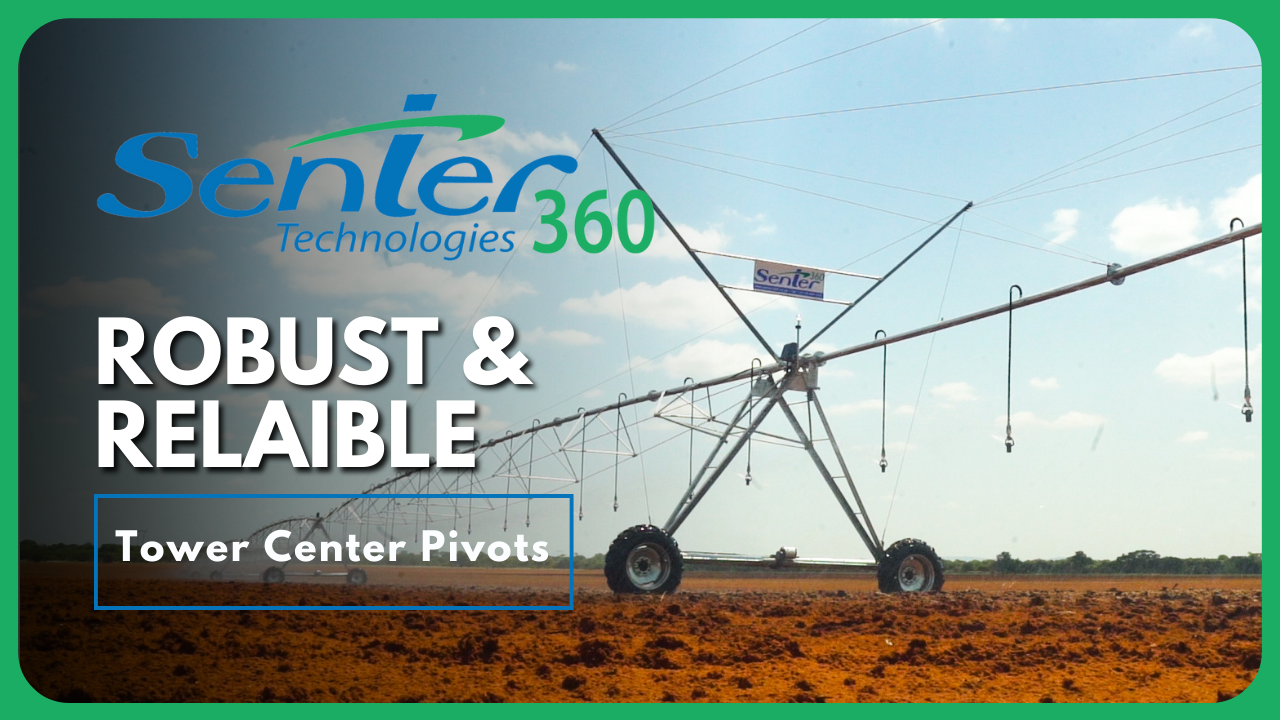Fertile soil provides plants with the nutrients they require to flourish, resulting in nutritious food for humans and animals. Soil fertility is essential to agricultural production, which in turn contributes to the availability of food that is essential for all life.
General soil fertility

Compost bin with organic material.
Plants require a variety of nutrients to thrive. Roots absorb these ions as soluble salts from the soil water. A good farmer ensures that plants receive adequate nutrition throughout their growing cycle. Plants will suffer or possibly die if one or more nutrients are absent. Major elements, which are required in large quantities, and trace elements, which are required in very small quantities, are generally divided into these two categories.
Major elements
The mayor elements needed by plants are nitrogen (N), phosphorus (P) and potassium (K).

Major and trace elements needed in good soil.
Nitrogen (N)
Nitrogen is necessary for vegetative growth, protein synthesis, and photosynthesis. Slow growth and pale foliage are symptoms of nitrogen deficiency. Too much nitrogen causes soft, abnormally fast growth, as well as a delay in flowering and fruit set. Because nitrogen flows freely in soils,
it can be flushed away by rain or irrigation water.
Phosphorus (P)
Phosphorus aids in the development of strong roots. As a result, it is especially crucial for transplanted vegetables. It speeds up crop maturity and is difficult to move in soils.
Potassium (K)
In various plant systems, including protein production, potassium is connected to nitrogen. For the growth of root and tuber crops, enough potash supplies are essential. Potassium is quickly leached from soils due to its high mobility.
Trace elements
Important trace elements are boron (B), copper (Cu), iron (Fe), magnesium (Mg), manganese (Mn), molybdenum (Mo), sulphur (S) and zinc (Zn).
Plants only need very small amounts of these trace elements. They are commonly found in clay soils, although they may need to be added to sandy soils. In addition to N, P, and K, some commercial fertilisers include trace elements. In such instances, the fertiliser bag will be labelled appropriately. Plants can also be sprayed with trace elements via foliar sprays on their leaves. The term “trace elements” simply refers to the amount required. They are just as vital to the plant as the major elements are.

Nutrients for plants can originate from five different sources. Inherent soil fertility (fertility already existent in the soil), organic manure, organic compost, inorganic (chemical) fertilisers, and foliar sprays are all examples of trace elements.
Kraal manure
The importance of kraal manure in maintaining and improving soil fertility cannot be overstated. Manure contains enough nitrogen, phosphorous, potassium, and trace elements to offer some sustenance for plants. However, these constituents are occasionally in imbalanced ratios to one another, necessitating some additions. It is a good idea to have the available kraal manure examined in the agricultural laboratory for further suggestions from time to time.

Kraal manure.
Cattle, donkeys, horses, chickens, and pigs all produce good manure. Because of the increased risk of nematodes, small stock manures (sheep and goats) should be avoided. Nematodes, which are extremely harmful to the roots of most crops, can be found in even 30-year-old small stock dung.
Do this with kraal manure:
- Before planting a crop, it should be spread and worked into the soil; and
- It should not be used on root crops because it encourages vegetative growth and disfigures the roots; and
- It should not be used near seedlings when it is fresh because fumes of ammonia gas may scorch them.

Horses produce a good source of manure.
Compost
Compost is an extremely valuable organic material. Composting is the process of partially decomposing plant leftovers, straw, and other organic matter before being dug into the soil. Composting occurs naturally whenever things decompose, but it can be accelerated by spreading compost on a heap.
Composting enough for the fields is challenging, but farmers can always produce enough compost for small vegetable gardens. Composting should be done in a compost hole or on a compost heap under carefully controlled circumstances. Nitrogen, oxygen, and water are required for the process.
The heap is made up of 30 cm thick layers of plant debris separated by thin layers of an activator, which is typically nitrogen fertiliser or manure. To lower acidity, lime or ash are occasionally added. Lime should not be used in conjunction with ammonium sulphate because this can cause nitrogen loss. Make sure there’s enough moisture in the mix for microorganisms to perform their job.
Plant materials will be chosen based on what is readily accessible and the activator. Grass, lawn and hedge trimmings, cereal stalks, and other similar materials are commonly used. The woodier the material (mahangu stalks, for example), the longer it will take to compost.

Composted soil with earthworms present.
The better the compost is kept from drying out, the better the finished result will be. To avoid overheating and drying out, keep the compost in the shade. Plastic sheets, old feed sacks, or a lot of raw plant material like grass can all be used to cover it. To avoid the spread of undesired weeds, remember to remove the seeds from perennial grasses or weeds before utilising them.
Several times during the composting process, the heap should be entirely flipped over. As a result, the outer layers are deposited in the centre, where they will degrade as well. The heap must be lightly irrigated during dry weather.
The material should be ready to use in the garden after 10 to 20 weeks.
The information in this article is credited to the Namibia Agricultural Union and Namibia National Farmers Union who published the Crop Production Manual in 2008.

